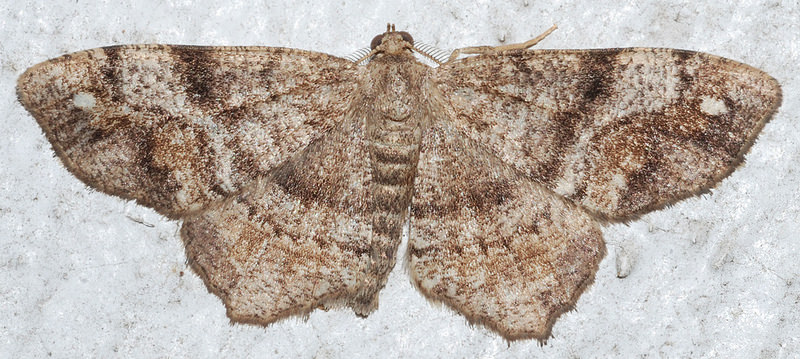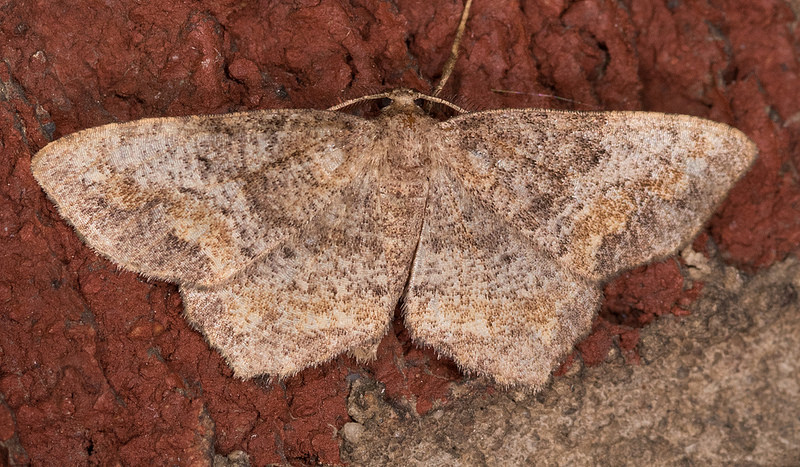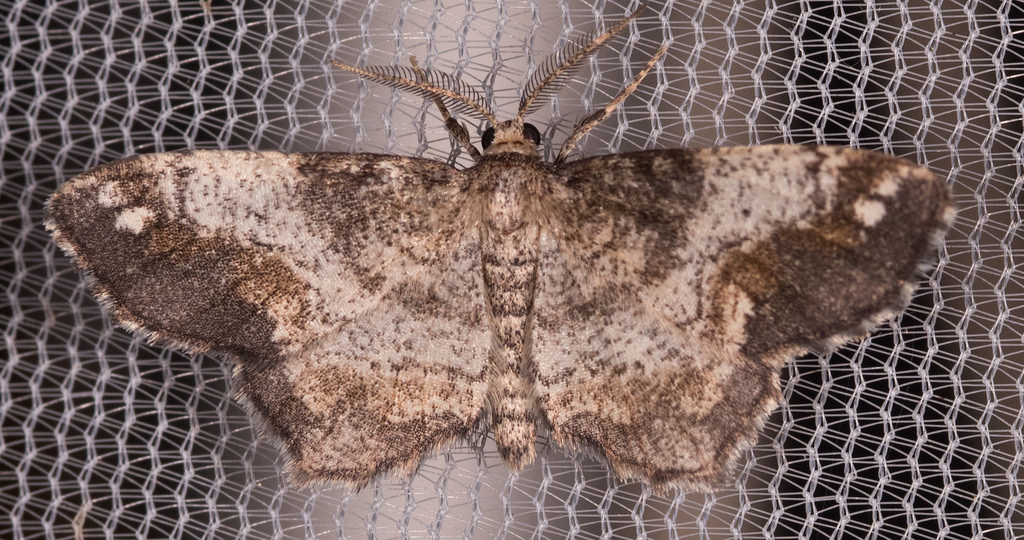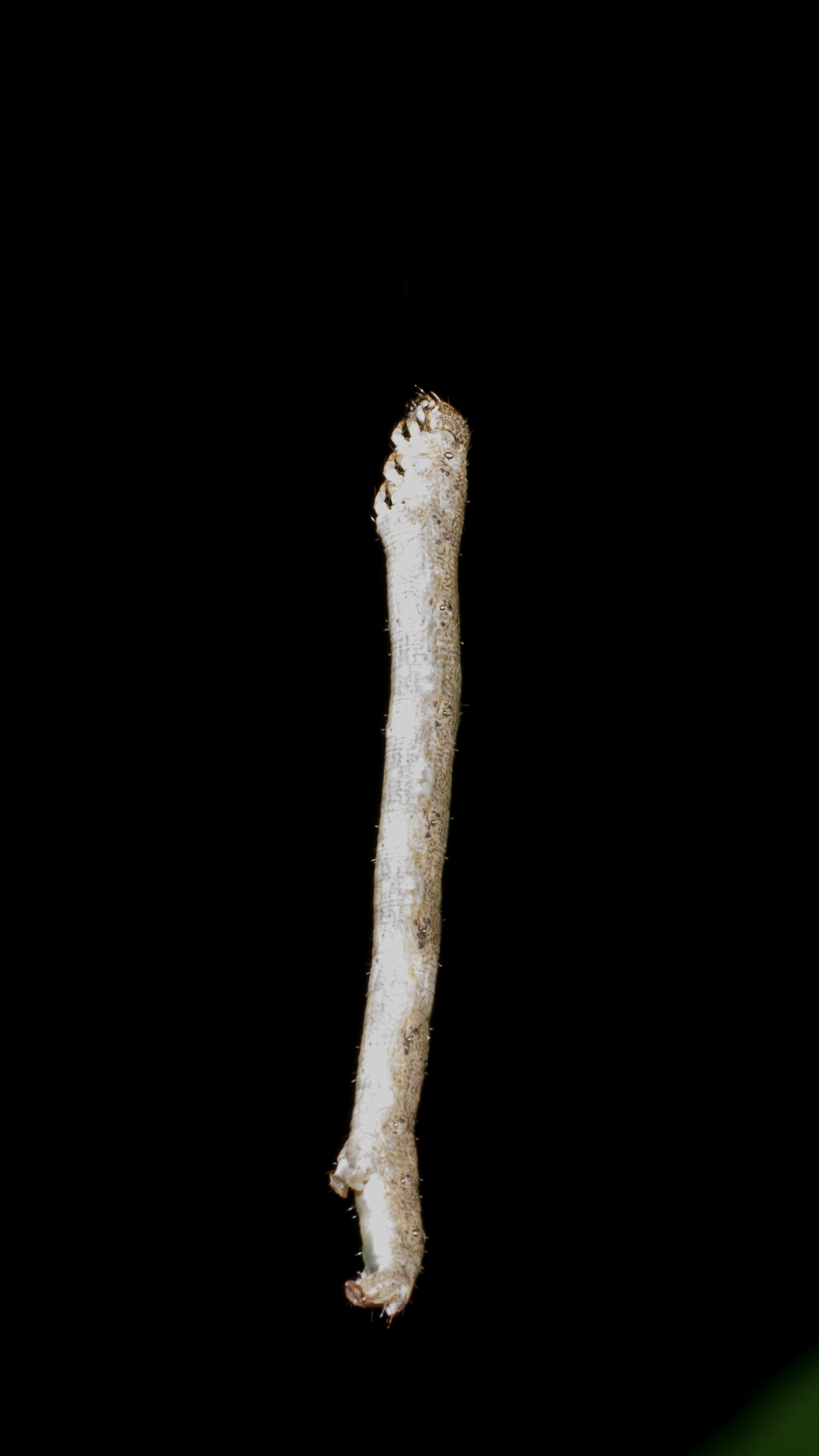Map Snapshot

























968 Records
Seasonality Snapshot
Use of media featured on Maryland Biodiversity Project is only permitted with express permission of the photographer.
One-spotted Variant Moth in Baltimore Co., Maryland (6/15/2017).
View Record Details
Media by
Wendy J. Alexander, Ph.D.
A One-spotted Variant Moth in Worcester Co., Maryland (6/2/2013).
View Record Details
Media by
Scott Housten.
One-spotted Variant Moth in Worcester, Maryland (5/23/2013).
View Record Details
Media by
Scott Housten.
A One-spotted Variant Moth in Frederick Co., Maryland (5/26/2017).
View Record Details
Media by
Mark Etheridge.
A One-spotted Variant Moth in Frederick Co., Maryland (8/6/2016). Verified by Roger Downer/BAMONA.
View Record Details
Media by
Mark Etheridge.
A One-spotted Variant Moth in Frederick Co., Maryland (8/1/2015).
View Record Details
Media by
Mark Etheridge.
A One-spotted Variant Moth in Frederick Co., Maryland (7/25/2015).
View Record Details
Media by
Mark Etheridge.
An One-spotted Variant Moth in Baltimore Co., Maryland (5/27/2014).
View Record Details
Media by
Emily Stanley.
A One-spotted Variant Moth in Frederick Co., Maryland (6/21/2017).
View Record Details
Media by
Mark Etheridge.
A One-spotted Variant Moth in Anne Arundel Co., Maryland (5/21/2015). Verified by Roger Downer/BAMONA.
Media by
Robert Aguilar, SERC.
One-spotted Variant Moth in Anne Arundel Co., Maryland (9/14/2020). (c) Sergei Drovetski, all rights reserved.
View Record Details
Media by
Sergei Drovetski.
A One-spotted Variant Moth in St. Mary's Co., Maryland (9/2/2016). Verified bt Roger Downer/BAMONA.
View Record Details
Media by
Tyler Bell.
A One-spotted Variant Moth in Frederick Co., Maryland (9/16/2016). Verified by Roger Downer/BAMONA.
View Record Details
Media by
Mark Etheridge.
A One-spotted Variant Moth in Caroline Co., Maryland (5/17/2013).
View Record Details
Media by
Scott Housten.
A One-spotted Variant Moth in Frederick Co., Maryland (9/15/2017).
View Record Details
Media by
Mark Etheridge.
A One-spotted Variant Moth in Worcester Co., Maryland (6/2/2013).
View Record Details
Media by
Scott Housten.
A One-spotted Variant Moth in Harford Co., Maryland (7/27/2019).
View Record Details
Media by
Dave Webb.
A One-spotted Variant Moth in Harford Co., Maryland (8/14/2016). Determined by Roger Downer/BAMONA.
View Record Details
Media by
Dave Webb.
An One-spotted Variant Moth in Calvert Co., Maryland (5/17/2014). Determined by Roger Downer/BAMONA.
View Record Details
Media by
Bill Hubick.
A One-spotted Variant Moth in St. Mary's Co., Maryland (8/8/2017).
View Record Details
Media by
Tyler Bell.
A male One-spotted Variant Moth in Charles Co., Maryland (8/24/2022). Verified by Roger Downer/BAMONA.
View Record Details
Media by
Dave Webb.
A female One-spotted Variant Moth in Harford Co., Maryland (8/29/2021).
View Record Details
Media by
Dave Webb.
A male One-spotted Variant Moth in Anne Arundel Co., Maryland (8/8/2020). (c) Sergei Drovetski, all rights reserved.
View Record Details
Media by
Sergei Drovetski.
A One-spotted Variant Moth in Worcester Co., Maryland (8/15/2014). Verified by Roger Downer/BAMONA.
View Record Details
Media by
Scott Housten.
One-spotted Variant Moth in Anne Arundel Co., Maryland (7/18/2020). (c) Timothy Reichard, all rights reserved.
View Record Details
Media by
Timothy Reichard.
One-spotted Variant Moth in Baltimore Co., Maryland (8/29/2020). (c) jesse, some rights reserved (CC BY-NC).
View Record Details
Media by
jesse via iNaturalist.
A One-spotted Variant Moth in Harford Co., Maryland (8/30/2020).
View Record Details
Media by
Dave Webb.
A One-spotted Variant Moth in Harford Co., Maryland (9/7/2020).
View Record Details
Media by
Dave Webb.
One-spotted Variant Moth in Howard Co., Maryland (8/12/2017). (c) Timothy Reichard, all rights reserved.
View Record Details
Media by
Timothy Reichard.
One-spotted Variant Moth in Anne Arundel Co., Maryland (7/28/2018). (c) Timothy Reichard, all rights reserved.
View Record Details
Media by
Timothy Reichard.
One-spotted Variant Moth in Anne Arundel Co., Maryland (7/11/2018). (c) Timothy Reichard, all rights reserved.
View Record Details
Media by
Timothy Reichard.
One-spotted Variant Moth in Prince George's Co., Maryland (5/23/2021). (c) spyingnaturalist, some rights reserved (CC BY-NC).
View Record Details
Media by
spyingnaturalist via iNaturalist.
A mating pair of One-spotted Variant Moths in Washington Co., Maryland (5/23/2019).
View Record Details
Media by
Mark Etheridge.
A One-spotted Variant Moth in Calvert Co., Maryland (8/24/2006).
View Record Details
Media by
Arlene Ripley.
A One-spotted Variant Moth in Calvert Co., Maryland (4/18/2006).
View Record Details
Media by
Arlene Ripley.
A female One-spotted Variant Moth in Howard Co., Maryland (8/12/2003).
View Record Details
Media by
Larry Line.
A female One-spotted Variant Moth in Howard Co., Maryland (8/12/2003).
View Record Details
Media by
Larry Line.
A One-spotted Variant Moth collected in Frederick Co., Maryland (8/1/2010). Verified by Roger Downer/BAMONA.
View Record Details
Media by
Mark Etheridge.
One-spotted Variant Moth in Anne Arundel Co., Maryland (10/3/2016). (c) Timothy Reichard, all rights reserved.
View Record Details
Media by
Timothy Reichard.
One-spotted Variant Moth in Anne Arundel Co., Maryland (10/3/2016). (c) Timothy Reichard, all rights reserved.
View Record Details
Media by
Timothy Reichard.
One-spotted Variant Moth in Anne Arundel Co., Maryland (10/3/2016). (c) Timothy Reichard, all rights reserved.
View Record Details
Media by
Timothy Reichard.
One-spotted Variant Moth in Montgomery Co., Maryland (7/19/2015). (c) treichard, all rights reserved.
View Record Details
Media by
Timothy Reichard.
One-spotted Variant Moth in Howard Co., Maryland (7/18/2014). Determined by J. Wiley Rains/BAMONA.
View Record Details
Media by
Kurt Schwarz.
A One-spotted Variant Moth caterpillar in Baltimore Co., Maryland (10/4/2015). Determined by George Smiley/BugGuide.
View Record Details
Media by
Scott Housten.
A One-spotted Variant Moth caterpillar in Baltimore City, Maryland (8/17/2016). Determined by John and Jane Balaban/BugGuide.
View Record Details
Media by
Thomas Wilson.
A One-spotted Variant Moth caterpillar in Baltimore City, Maryland (8/20/2010). Determined by John and Jane Balaban/BugGuide.
View Record Details
Media by
Thomas Wilson.
A One-spotted Variant Moth caterpillar in Worcester Co., Maryland (9/27/2015). Determined by George Smiley/BugGuide.
View Record Details
Media by
Scott Housten.
A One-spotted Variant Moth caterpillar in Baltimore Co., Maryland (10/4/2015). Determined by George Smiley/BugGuide.
View Record Details
Media by
Scott Housten.
One-spotted Variant Moth in Allegany Co., Maryland (6/17/2018). (c) Timothy Reichard, all rights reserved.
View Record Details
Media by
Timothy Reichard.
One-spotted Variant Moth in Allegany Co., Maryland (6/17/2018). (c) Timothy Reichard, all rights reserved.
View Record Details
Media by
Timothy Reichard.
One-spotted Variant Moth in Montgomery Co., Maryland (9/5/2020). (c) Elissa Totin, some rights reserved (CC BY).
View Record Details
Media by
Elissa Totin via iNaturalist.
One-spotted Variant Moth caterpillar in Montgomery Co., Maryland (9/16/2020). Verified by J. Wiley Rains/BAMONA.
View Record Details
Media by
Jim Moore.
One-spotted Variant Moth in Garrett Co., Maryland (8/22/2024). (c) Mark Etheridge, some rights reserved (CC BY-NC).
View Record Details
Media by
Mark Etheridge.
Source: Wikipedia
| Hypagyrtis unipunctata | |
|---|---|

| |
| Scientific classification | |
| Domain: | Eukaryota |
| Kingdom: | Animalia |
| Phylum: | Arthropoda |
| Class: | Insecta |
| Order: | Lepidoptera |
| Family: | Geometridae |
| Genus: | Hypagyrtis |
| Species: | H. unipunctata
|
| Binomial name | |
| Hypagyrtis unipunctata (Haworth, 1809)
| |
| |
Hypagyrtis unipunctata, the one-spotted variant moth or white spot, is a moth of the family Geometridae. The species was first described by Adrian Hardy Haworth in 1809. It can be found from Nova Scotia to Florida, west to Texas, northwest to British Columbia on the North American continent, and is also found in Eurasia.
The wingspan is 20–47 mm. Adults are on wing from April to September in most of North America and from June to July in northern North America. There are one to two generations per year.
The larvae feed on the leaves of a wide range of deciduous trees and shrubs, including Amelanchier, Rosa, Prunus, Salix, Populus, Alnus, Betula, Corylus, Fraxinus, Tilia, Ulmus, Quercus and Acer.
External links
[edit]- Bug Guide
- Anweiler, G. G. (January 17, 2004). "Species Details Hypagyrtis unipunctata". University of Alberta Museums. E.H. Strickland Entomological Museum. Retrieved November 9, 2020.
- Images
- Mothguide



















































